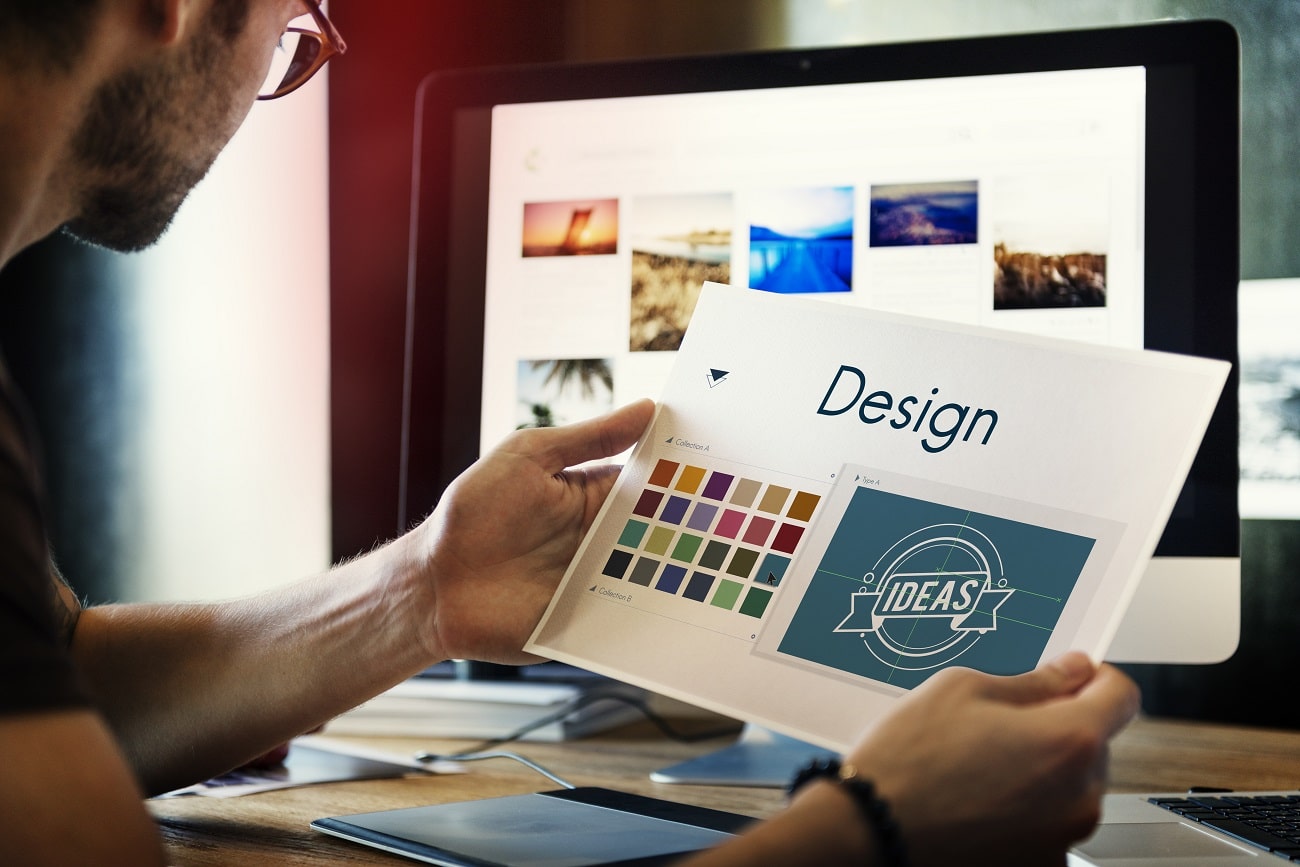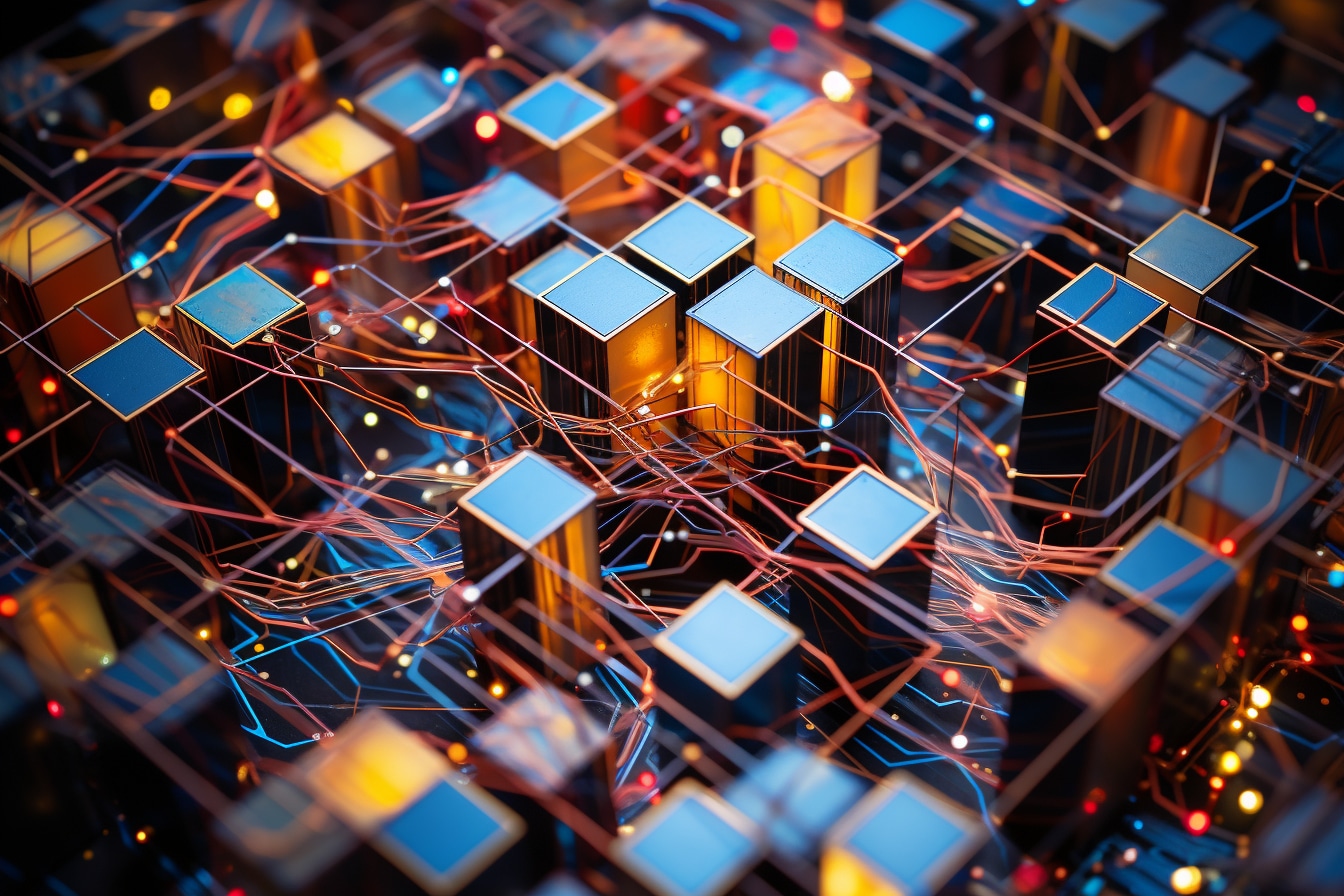AI-generated images: a new era for logo design?
The design of logos has always been an essential part of marketing and visual communication. With the advent of artificial intelligence technologies, image creation tools have expanded to offer designers and businesses faster, more efficient and creative solutions. In this article, we’ll explore how these advances can reshape the future of logo design, and what this means for the field of design.
The emergence of artificial intelligence-based image creation tools
Over the years, software such as Adobe Photoshop has been used to create and modify images, particularly in logo design. However, as technology has advanced, new AI-based tools have appeared on the scene. These tools save time, improve design quality and speed up logo production.
Popular AI tools for image creation
- IA in Canva: Canva is already a popular tool for creating graphic designs online. By integrating AI features, it becomes even easier to create customized logos quickly.
- Design Wizard: This online tool offers predefined logo templates and uses AI to facilitate the customization process.
- Dall-E: Created by OpenAI, Dall-E transforms text descriptions into AI-generated illustrations. This could potentially be used to design logos from a simple description.
Advantages of AI-based image creation tools for logo design
Using artificial intelligence in image creation has many advantages that can help rethink and improve the way we design logos.
Save time and effort
Thanks to AI tools, logo design becomes a much faster and less laborious process. For example, instead of spending hours manually drawing and adjusting various elements, designers can use pre-designed templates and let the AI take care of the necessary adjustments. Similarly, by using AI-powered image generators, it’s possible to quickly create bespoke works of art from a simple text description.
Improved design quality
AI can analyze design trends and preferences to propose logos that match customer expectations. What’s more, it can also automatically detect and correct design errors, such as balance or contrast problems, guaranteeing better quality of the images generated.
Innovation and creativity
AI-based tools can open up new perspectives in creativity, proposing innovative ideas and concepts that designers might not otherwise have considered. By using these technologies, the traditional boundaries of graphic design are pushed back, offering unlimited potential for logo creation.
The challenges and ethical concerns of using AI in logo design
While the benefits are undeniable, the use of artificial intelligence in image creation also raises certain ethical and legal issues that need to be addressed.
Intellectual property and copyright
It can be difficult to determine who owns the rights to an AI-generated logo. Is it the creator of the AI program, the user who provided the input data, or the AI itself? This complex issue must be resolved to ensure fair and legal use of images generated by AI.
The role of the human designer
Some fear that the rise of AI-based image creation tools could reduce the demand for human designers. However, it’s important to note that AI is there to help designers, not to replace them. AI-based tools offer exciting possibilities for designers, enabling them to focus on more creative aspects of the job rather than repetitive, time-consuming tasks.
The future of logo design in the age of AI
As AI technologies continue to improve, it’s likely that we’ll see more and more examples of AI-generated images in logo design. AI-based tools have the potential to radically transform the way logos are designed, offering new opportunities for creativity and innovation while making the design process faster and more efficient.
Ultimately, artificial intelligence represents a major evolution for the creation of logos and images for social networks and e-mail. By embracing these new technologies and using them ethically and responsibly, designers can leverage AI to create innovative and impactful visual artworks that meet the changing needs of the digital world.




